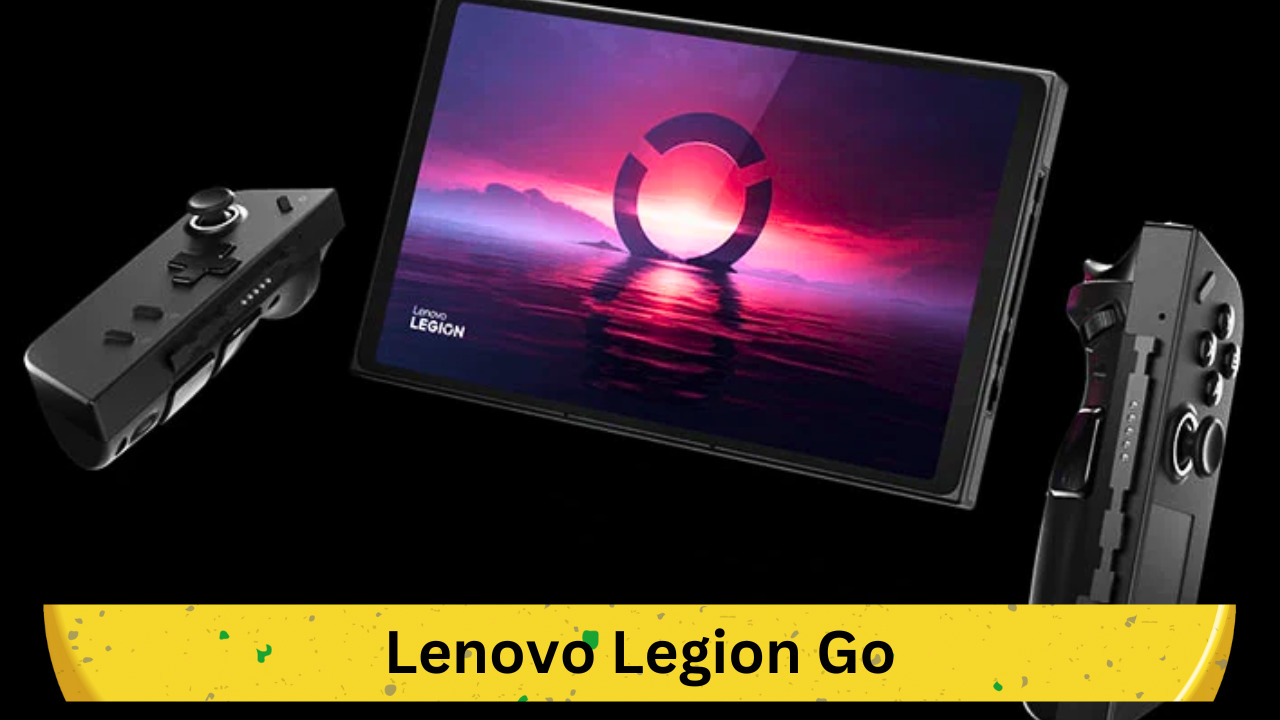
The Lenovo Legion Go swiftly ascended to the top of my list of favorite gaming devices since its launch last fall. Each software update from Lenovo has only heightened my appreciation for this handheld PC. Yet, despite my admiration, I believe there's room for refinement in its next iteration.
Here are five enhancements I eagerly anticipate in the Lenovo Legion Go 2:
1. Greater Ergonomics for Enhanced Comfort
The Legion Go's current form factor, with its somewhat sharp edges and hefty design, can lead to discomfort during extended gaming sessions. A design overhaul focusing on rounded edges for a more ergonomic grip would significantly improve the user experience. Lenovo has the opportunity to diversify its controller offerings with alternative TrueStrike models. This would not only enhance comfort but also cater to different user preferences, similar to the variety of Joy-Cons available for the Nintendo Switch.
2. Revamping the D-pad for Superior Control
A standout feature of any gaming device is its control scheme. The Legion Go's D-pad, as it stands, is functional but far from ideal. Its clickiness, lack of travel, and slippery surface detract from the gameplay experience, particularly in titles that heavily rely on precise D-pad input. An improved D-pad would not only enhance usability but also underscore Lenovo's commitment to delivering a top-tier gaming experience.
3. Sound Quality Overhaul
The audio output from the Legion Go's speakers is a notable weak point, failing to match the device's otherwise premium build quality. Rival handhelds like the Steam Deck and Asus ROG Ally have set a high bar for handheld audio quality, making the Legion Go's lackluster speakers even more apparent. Software tweaks may offer temporary relief, but a hardware upgrade is essential for delivering the rich, immersive sound experience that gamers expect.
4. Additional Cooling Fan for Quieter Operation
The Legion Go's single cooling fan, tasked with managing the heat generated by the Z1 Extreme chip, often results in a loud operation during intense gaming sessions. Incorporating a second cooling fan, as seen in the Asus ROG Ally, could distribute the cooling load more evenly, reducing noise and enhancing overall device performance. Given the Legion Go's size, integrating an additional fan appears to be a feasible and highly beneficial upgrade.
5. Expanding Memory for Future-Proof Gaming
With the gaming industry's rapid advancement, the current standard of 16GB of RAM may soon be insufficient, especially for newer titles with higher performance demands. Expanding the Legion Go's memory to 32GB would not only future-proof the device but also enhance its versatility as a desktop PC replacement. The shift towards greater memory capacity is becoming increasingly necessary to keep pace with evolving gaming and productivity needs.
Final Thoughts
The Lenovo Legion Go has set a high standard for handheld gaming PCs, blending powerful performance with the convenience of portable play. However, the potential enhancements outlined for the Legion Go 2—from improved ergonomics and controls to superior sound quality, additional cooling, and expanded memory—highlight the ongoing evolution of gaming hardware. These upgrades would solidify the Legion Go's position as a leading device in the competitive handheld gaming market, offering users an unparalleled gaming experience that meets and exceeds future demands.
Also Read:
https://news.thebadgamer.in/handheld-gaming/lenovo-legion-go-2-top-5-desired-upgrades-for-the-ultimate-gaming-experience/
Comments
Post a Comment